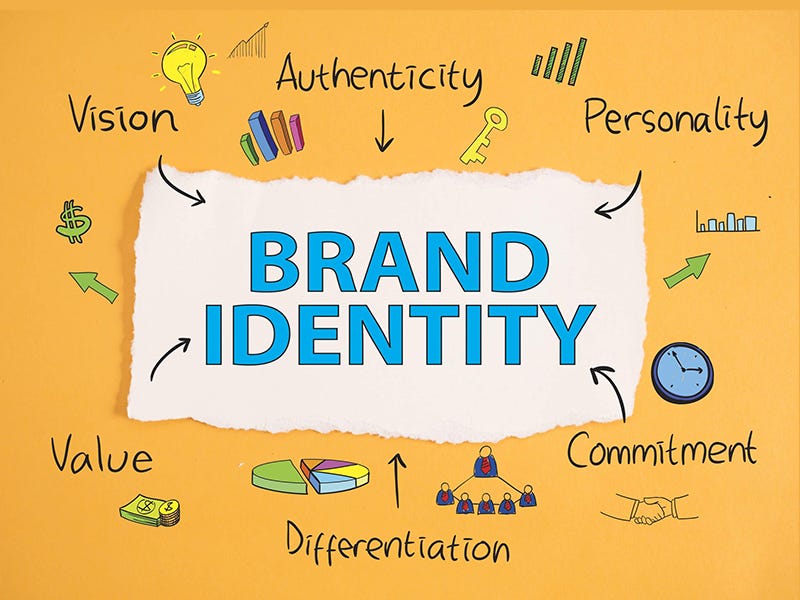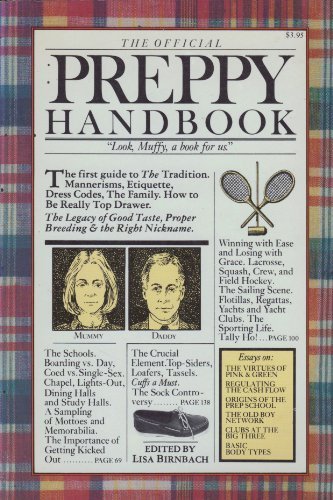|
Personal branding is nothing new After opening a new hire search at work recently, I spent hours culling through carefully curated profiles on LinkedIn and online portfolios. We’re all familiar with our friends’ and families’ Facebook pages and Instagram posts. Consciously or not, everyone is building a brand—associating themselves with particular people, products, and organizations. I once observed a social studies classroom where the teacher instructed students to create a social media presence for George Washington. The effort to curate a personal brand would not have been foreign to him. Although branding might seem like a phenomenon that started with the rise of social media, the truth is that people have been branding themselves for much longer than that. For instance, Washington and the other Founding Fathers and Mothers paid close attention to their reputations and the causes and colleagues they associated themselves with. Washington aspired to belong to the Virginia gentry and strove to convey gentility and refinement. As a youth, he copied a list of 110 precepts from The Rules of Civility and Decent Behavior in Company and Conversation and became obsessed with deportment and self-control. He took advantage of circumstances that arose with a dramatic flair, whether it was winning the hand of wealthy widow Martha Dandridge Custis or showing up at the Continental Congress in full military uniform and escorted by 500 riders while modestly insisting he wasn’t seeking a commission. Women of the era also carefully associated themselves with behavior that would accord them high status in their domestic sphere as good wives and mothers and exemplary housekeepers. “Duty” was their watchword, and it might include supporting a righteous cause. Abigail Adams and Mercy Otis Warren’s correspondence demonstrates how eager they were to be seen as committed revolutionaries. Both considered British historian Catharine Macauley—an outspoken supporter of the colonists—to be a mentor and strove for her approval. Martha Washington spent winters encamped with George and the army, self-consciously dressed in American-made homespun as she cared for the soldiers. Likely inspired by Martha, Esther Reed, wife of a prominent revolutionary, penned “Sentiments of an American Woman” in 1780, driving a popular movement for women to wear simpler clothes and less elegant hairstyles and donate the savings to the troops. Just as it does today, one’s public character—one’s brand—mattered. As historian Joseph Ellis notes about the infamous duel between Alexander Hamilton and Aaron Burr: “Eventually the United States might develop into a nation of laws and established institutions capable of surviving corrupt or incompetent public officials. But it was not there yet. It still required honorable and virtuous leaders to endure. Both Burr and Hamilton came to the interview because they wished to be regarded as part of such company.” Thomas Jefferson and John Adams’ correspondence at the end of their lives was also self-consciously designed for posterity. With every letter, they promoted their personal brands as honorable and virtuous leaders of the new nation. Later in his life, Washington returned to his letterbook to correct spelling and syntax errors. Branding didn’t end with the founders. In 1860, The Ladies’ Book of Etiquette and Manual of Politeness guided women who aspired to be seen as a member of the “right crowd.” In 1936, Dale Carnegie published the still best-selling How to Win Friends and Influence People. And, when I was growing up in the ‘80s, middle-class white people aspired to model Eastern elites as described in the tongue-in-cheek Preppy Handbook.
But no matter what brand we’re trying to convey, we should all realize that our personal history of our actions over time—intended or no—comprise our brand. And, just as product brands suffer when companies are caught lying, so are people punished when the brand they are trying to convey doesn’t align with past actions. (Think Virginia ex-governor Ralph Northam who apologized for wearing black-face at a Halloween party and posing for a photo with someone dressed in a Ku Klux Klan outfit in his younger years.) It’s necessary to see many, many years of consistently better actions before we can trust that the brand has truly learned from the past and cleaned up its act. Sources consulted Bryant, Jessica. Homespun: The Economic Impact of Women on the American Revolution. https://www.frauncestavernmuseum.org/homespun Joseph J. Ellis, Founding Brothers: The Revolutionary Generation (Vintage Books: NY, 2000). Joseph J. Ellis, His Excellency George Washington (Vintage Books: NY, 2004). Cokie Roberts, Founding Mothers: The Women Who Raised Our Nation (HaperCollins: NY), 2004. Main image credit: https://medium.com/ablii/how-to-build-your-personal-brand-as-an-entrepreneur-8addba3ddc9
0 Comments
Leave a Reply. |
AuthorHeidi Hackford explores how past and present intersect. Archives
November 2023
Categories |

